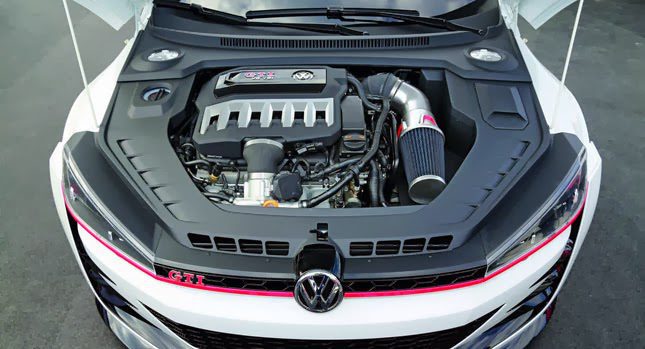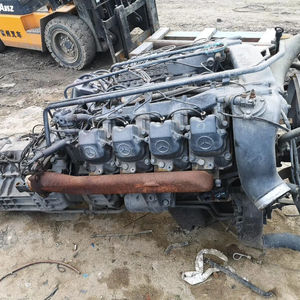Exploring the Inner Functions of a Compact Car's Engine System
As drivers, we often take for given the intricate procedures that occur within the boundaries of our car's engine system. In this expedition of a small vehicle's engine system, we will certainly unravel the internal workings of this mechanical harmony, shedding light on the secrets that drive us forward on our everyday journeys.
Combustion Refine Introduction
The burning procedure in a portable vehicle's engine system is an important system that efficiently converts fuel into energy to power the vehicle. This procedure happens within the burning chamber of the engine, where fuel and air mix, stir up, and create regulated explosions. The combustion procedure includes four primary phases: consumption, compression, exhaust, and power.
Throughout the intake phase, the piston moves downward, attracting a blend of air and fuel right into the combustion chamber. The following stage, compression, entails the piston moving upwards, compressing the air-fuel combination to enhance its effectiveness. Consequently, in the power phase, the ignition system ignites the compressed combination, leading to a quick growth of gases that compels the piston back down. This down movement produces the power required to drive the vehicle. Ultimately, in the exhaust stage, the burnt gases are eliminated from the combustion chamber with the exhaust shutoff, preparing the chamber for the next cycle. This cyclic combustion procedure is basic to the procedure of a small lorry's engine system, guaranteeing reliable power conversion for propulsion.
Piston and Cyndrical Tube Communication

The piston's accurate fit within the cylinder is crucial for keeping ideal compression and avoiding energy loss throughout burning. Tight clearances in between the piston and cyndrical tube walls ensure reliable sealing, allowing the piston to relocate smoothly without allowing gases to leakage past. Proper lubrication is additionally crucial to decrease friction and use between these parts, improving longevity and efficiency.
Additionally, the layout and materials made use of in producing the piston and cylinder effect engine efficiency and durability. Modern engines usually utilize light-weight yet resilient products like aluminum alloys for pistons and cyndrical tube liners to lower inertia and improve thermal performance. In general, the unified communication in between the piston and cylinder is basic to the engine's functionality and total performance.
Fuel Shot System Functionality
Fuel injection systems in compact lorry engines play an essential function in precisely providing gas to the combustion chamber for regulated and efficient ignition. The fuel injection system operates by infusing gas into the combustion chamber at the ideal minute throughout the engine's procedure (opel corsa engine). This precise timing makes sure that the fuel mixes evenly with the air for appropriate burning, causing boosted fuel performance and decreased discharges
There are primarily two kinds of fuel shot systems made use of in small automobile engines: port fuel injection (PFI) and straight fuel shot (DFI) PFI systems inject gas into the read what he said intake port prior to the consumption valve, while DFI systems inject fuel directly into the burning chamber. Both systems have their benefits, with DFI providing much better gas atomization and PFI giving a more economical option.
Understanding Engine Cooling Systems
Effective procedure of a compact car's engine relies greatly on the performance of its cooling mechanisms. Engine air conditioning is important to protect against overheating, which can bring about serious damage and decreased performance. The cooling system in a small car typically consists of a number of components collaborating to control the engine temperature level. One critical component is the radiator, which uses coolant to soak up warmth from the engine. As the hot coolant flows through the radiator, it releases warm into the air, cooling before going back to the engine. The water pump distributes the coolant with the engine and radiator, guaranteeing a regular circulation to manage temperature level. Additionally, the thermostat helps manage the coolant flow to preserve optimal engine temperature. Some automobiles also have cooling fans that activate when added cooling is required, such as during rush hour or heat. Recognizing these engine cooling mechanisms is vital for keeping the efficiency and durability of a small vehicle's engine browse around here system.

Exhaust System Parts Explained
The optimum functioning of a compact vehicle's engine cooling systems depends on a corresponding system known as the exhaust system, which comprises various vital parts for guaranteeing effective exhausts and engine performance. The exhaust manifold gathers exhaust gases from the engine's courses and cyndrical tubes them to the catalytic converter.
One vital component of the exhaust system is the oxygen sensing unit, which keeps track of the oxygen levels in the exhaust gases to help regulate fuel consumption and guarantee optimum engine performance. opel corsa engine. Furthermore, the resonator might be present in some exhaust systems to lower noise degrees. Generally, the exhaust system plays a crucial role in keeping engine effectiveness, reducing harmful emissions, and making sure a quieter driving experience for small lorry proprietors

Conclusion
In final thought, the small lorry's engine system is an intricate combination of parts that interact to promote the burning process, transform gas right into power, and expel waste gases. Recognizing the inner operations of the engine system, including the piston and cyndrical tube communication, gas injection system, engine air conditioning devices, and exhaust system components, is critical for keeping optimum performance and effectiveness of the automobile.
The burning procedure in a portable car's engine system is an essential device that effectively transforms gas right into energy to power the car.Fuel you can look here shot systems in compact car engines play a critical function in precisely supplying fuel to the burning chamber for reliable and regulated ignition.There are largely two kinds of fuel shot systems made use of in portable automobile engines: port gas injection (PFI) and straight fuel shot (DFI) Comprehending these engine cooling mechanisms is vital for keeping the performance and durability of a compact car's engine system.
The ideal functioning of a compact lorry's engine air conditioning mechanisms depends on a corresponding system known as the exhaust system, which consists of various essential elements for making sure reliable discharges and engine efficiency.